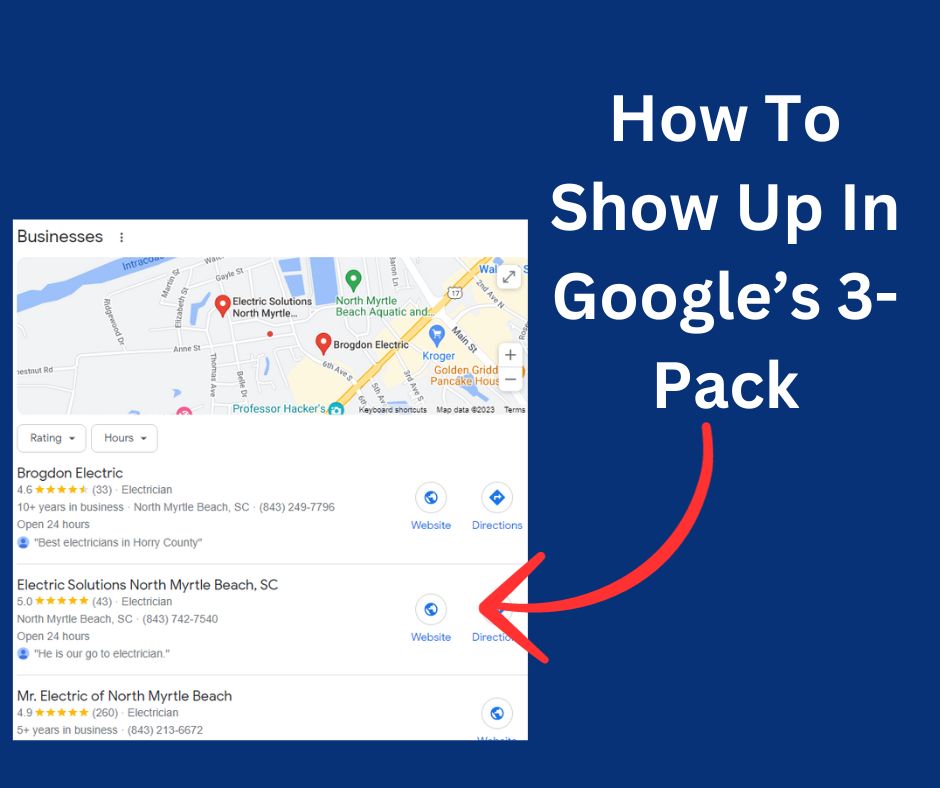AV1F vs WebP: Which is Better for Your Business’ Image Quality?
Images are known to be the strongest marketing tool that businesses can use to attract potential customers. However, the challenge of image optimization comes along with the essence of making a website accessible, responsive, and user-friendly. Therefore, businesses need to know about the various forms of image compression and how they can affect image quality. Two image formats that have grown increasingly popular in the last couple of years are AV1F and WebP. In this blog post, we will discuss what AV1F and WebP are, and which image format is better for your business’ image quality.
Lossy Compression vs. Lossless Compression
When it comes to image compression, there are two types of techniques used: lossy and lossless compression. Lossy compression reduces file size by removing unnecessary data from an image, thus reducing its quality. In contrast, lossless compression maintains the original quality of the image by retaining all data but at a smaller size. WebP uses both these techniques, whereas AviF primarily uses lossless compression.
What is AV1F?
AV1F (AV1 Image File Format) is an open-source image compression format that seeks to enhance the quality of images by up to 50%. It was created in 2019 by the Alliance for Open Media (AOMedia). The AV1F image format essentially combines methods such as AV1 codec, HDR images, and superior-pixel compression mechanisms to provide high-quality images with smaller sizes. AV1F’s primary goal is to provide enhanced image quality with reduced file sizes, allowing websites to load faster and images to be sent and downloaded more quickly.
Advantages of AV1F
- Open-source format: Being an open-source format, AV1F is free to use and can be used without the need for licensing fees.
- High image quality: With its use of advanced compression techniques, AV1F offers high-quality images with reduced file sizes.
- Wide compatibility: The AV1F format is compatible with both browsers and devices, making it easier for websites to adopt.
- Future-proof: Since AV1F is still in its early stages, it can only get better with time as more developments are made.
Is AV1F better than PNG?
Yes, AV1F is considered better than PNG. This is because AV1F offers higher compression rates without compromising on image quality. Unlike PNG, which uses lossless compression, AV1F uses both lossy and lossless compression techniques to reduce file sizes significantly while maintaining high image quality. Moreover, AV1F supports alpha channel transparency like PNG but with much smaller file sizes. This makes AV1F a better option for businesses looking to optimize their images without compromising on quality.
What is WebP?
WebP (pronounced “weppy”) is a modern image format developed by Google that offers lossy and lossless compression for images on the web. It was first introduced in 2010 and has grown in popularity recently due to its ability to provide high-quality images with smaller file sizes. WebP uses advanced compression techniques such as predictive coding, chroma subsampling, and alpha channel transparency to reduce image file sizes. WebP uses both lossy and lossless compression techniques to reduce image sizes without compromising on image quality. The main benefit of using WebP is that it supports a wide range of images, including still, animated, and alpha-transparent images.
Advantages of WebP
- Smaller file sizes: With its use of advanced compression techniques, WebP can significantly reduce image file sizes without sacrificing quality.
- Wide compatibility: WebP is compatible with both browsers and devices, making it a feasible option for websites.
- Superior transparency support: Unlike other formats, WebP offers better alpha channel transparency support, resulting in smaller file sizes.
Is WebP Better than PNG?
It depends on the type of image and its purpose. In most cases, WebP offers better compression rates than PNG, especially for larger images. However, for smaller images or those that require lossless compression, PNG may be a better option. It is essential to consider the specific needs and requirements of your business’s images before deciding between WebP and PNG.
Image Quality Comparison
Both AV1F and WebP have their strengths when it comes to image quality. WebP has a slight edge over AV1F in terms of color accuracy, but AV1F excels in overall image quality with its HDR technology. However, due to the difference in compression techniques used, WebP images tend to have smaller files sizes compared to AV1F. Therefore, businesses need to consider their specific needs when choosing between the two formats.
Which Image Format is Better for Your Business?
The answer to this question depends on your business’ priorities and requirements. If image quality is of utmost importance, then AV1F should be used as it provides high-quality images with smaller sizes. However, if file size and website loading speed are crucial for your business, then WebP might be a better option, as it offers a balance between quality and size. Ultimately, businesses need to consider the benefits and limitations of each format and choose the one that aligns with their specific needs.
As websites become more visually focused, choosing the right image format is becoming increasingly important for businesses. Both AV1F and WebP offer advantages in terms of image quality, size, and compatibility, making them popular choices among developers and designers. However, each format has its unique strengths, so it is essential to understand your business needs before deciding which one to use. Conducting thorough research and experimenting with both formats can help businesses make an informed decision that best suits their image needs. So, it is essential to stay updated on the latest developments in image compression technology and choose the right format for your business to stay ahead in the competitive online world.






